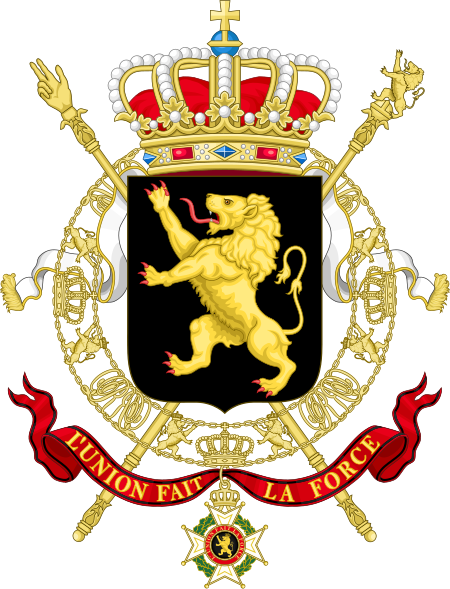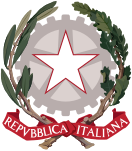The European Schools (Latin: Schola Europaea) is an intergovernmental organisation, which has established, finances, and administers a small group of multilingual international schools, bearing the title "European School", which exist primarily to offer an education to the children of European Union (EU) staff; offers accreditation to other schools, bearing the title "Accredited European School", under national jurisdiction within EU member states to provide its curriculum; and oversees the provision of the secondary school leaving diploma, the European Baccalaureate.
The organisation was first established as the "European School" in 1957 by the Inner Six states, which transformed into an intergovernmental venture what was formerly a private initiative, started in 1953, by staff of the institutions of the European Coal and Steel Community (ECSC) to provide schooling for their children. It was spurred on by one of the architects of post-war European integration and reconciliation, Jean Monnet. In the following decades, the organisation set up other schools mainly near the locations of other European Communities (EC) — later, European Union — institutions and bodies. To reflect this, in 2002, the organisation was officially renamed the "European Schools" following the entry into force of its current legal basis, which as of 2013 — following the accession of Croatia — includes all 27 EU member states, the European Union, and the European Atomic Energy Community (Euratom) as contracting parties.
Since 2005, the European Schools has offered accreditation to other schools under national jurisdiction to offer its curriculum and the European Baccalaureate.The organisation's executive is the Board of Governors, composed of the ministers of education of the member state contracting parties, a representative of the European Commission on behalf of the EU and Euratom, a representative of the Staff Committee, a representative of the federated Parents' Associations and a representative of the federated Pupils' Committees.
As of September 2017, the organisation is directly responsible for thirteen schools located in six EU member states, and as of September 2021, has accredited twenty schools located in thirteen EU countries, with a further five schools engaged in the accreditation process.









